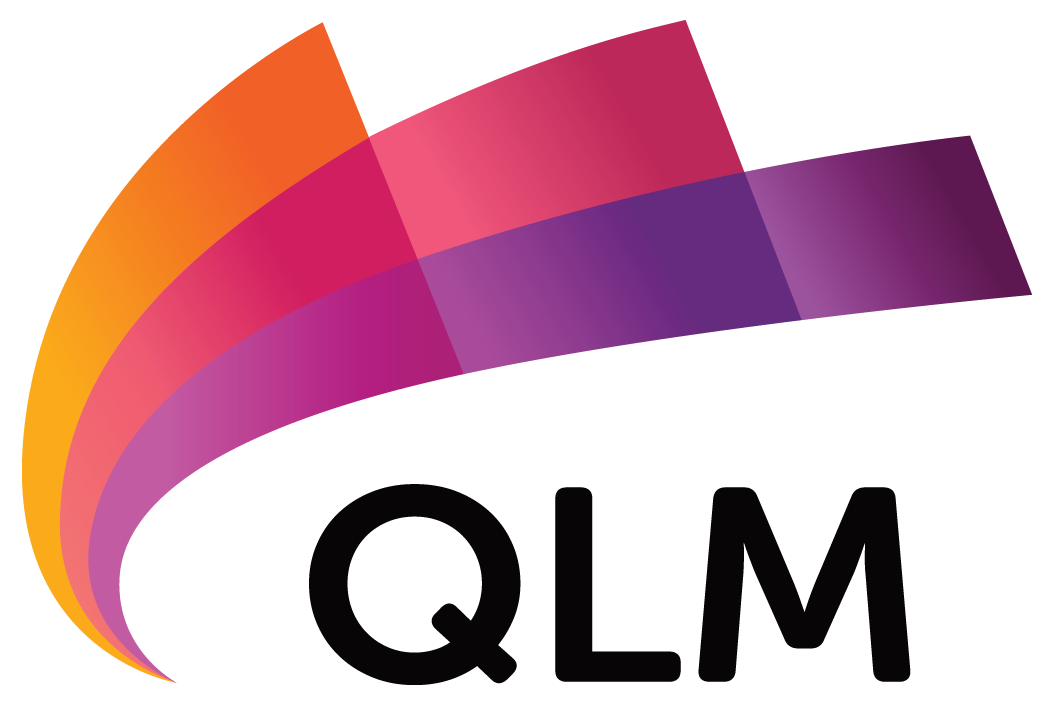
QLM: Quantum Optical Gas Sensors
 Natural gas producers, distributors, and service providers need to be able to identify gas leaks
quickly, accurately, and economically. QLM is
meeting these needs by developing compact, high-sensitivity, low-power Tuneable Diode Lidar
(TDLidar) gas detection and imaging systems that use infrared, single-photon detection. QLM, a
start-up founded in 2017 by researchers from the University of Bristol, works closely with the UK
National Physical Laboratory and a wide range of development partners and potential customers. QLM
also works with oil and gas supply and service companies to deliver new methods to monitor gas
production and distribution assets for fugitive greenhouse gas emissions.
Natural gas producers, distributors, and service providers need to be able to identify gas leaks
quickly, accurately, and economically. QLM is
meeting these needs by developing compact, high-sensitivity, low-power Tuneable Diode Lidar
(TDLidar) gas detection and imaging systems that use infrared, single-photon detection. QLM, a
start-up founded in 2017 by researchers from the University of Bristol, works closely with the UK
National Physical Laboratory and a wide range of development partners and potential customers. QLM
also works with oil and gas supply and service companies to deliver new methods to monitor gas
production and distribution assets for fugitive greenhouse gas emissions.
Capabilities
QLM’s TDLidar technology capabilities include:
- Long-range, high-sensitivity, high-speed quantitative imaging of gas plume shape and concentration
- Precise mapping of gas leak locations and flow rates
- Fixed, mobile, drone, and handheld options
- Solar or battery power options
The expected methane emissions reductions from QLM’s technology is 100 MtCO2e/year.
Demonstration
The video below demonstrates QLM's sensor in operation. The target is a balloon filled with 2.3 percent methane, which is positioned at a range of approximately 100 meters. The sensor system uses a 10mW eye-safe telecom laser to enable simultaneous laser range finding and quantitative methane detection. Measurements are capable at ranges of over 100 meters. Each data point represents a single measurement of the range and methane concentration, with a data acquisition rate of 100 points per second.